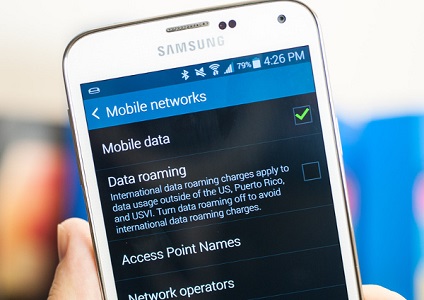Wi-Fi connection, broadband or any form of internet connection will require troubleshooting once in a while to fix connectivity issues.
Below, we walk you through 6 easy ways to troubleshoot your internet connection.
How do I tell my internet needs troubleshooting?
First, you might notice your internet is slower than usual or your internet will be connected but there won’t be internet access or your device will fail to connect completely.
If you notice any issues with your internet, the first-go to is always troubleshooting.
Troubleshooting can help fix slow internet speed issues or internet accessibility issues.
Below are the easiest ways to troubleshoot your internet connection and fixes that might come in handy;
1. Smartphone-based troubleshooting
For smartphone-based internet, the easiest troubleshoot the internet is to turn off your data connection for a few seconds and turning it back on. Or restarting your entire smartphone.
This should help fix any internet issues.
2. Modem/broadband-based troubleshooting
For modem- and broadband-based internet, unplugging the modem and letting it cool before you replace it can do the trick.
This allows the entire connection to refresh.
You can as well use the computer-based troubleshooting tool.
This can be accessed by clicking on properties in the connectivity/internet section.
3. Router/wireless based troubleshooting
For Wireless connectivity/router-based connectivity, Power cycling might do the trick.
While the term might sound complicated, the power cycling process is very easy.
Turning off the router from the power source and waiting a few minutes before turning it back on allows it to refresh/reboot.
Note that this is different from turning off the router directly using its embedded power button.
This should be your first-go-to before you can move to the power cycling method.
See: How anyone can easily hack your WhatsApp account
4. Wired connection troubleshooting
Wired connection troubleshooting is also one of the easy ways to troubleshoot your internet connection.
For wire-based connections, check and ensure all wires are plugged in well.
If this isn’t the case, check to ensure all the connecting cables are in the right order and free from damage.
5. Firewall-based troubleshooting
Sometimes the challenge might be due to your firewall. The firewall’s job is to protect your computer from unauthorized access.
If there is a problem with the firewall settings, then your Internet connection may not be working.
Check your firewall and ensure it isn’t restricting your application you are using from accessing the internet.
See: 10 bad habits that expose your Windows device to security hacks
6. Browser/app-based troubleshooting
If all the above have failed, this could be a software issue, check to ensure the software you are using is its right order.
The best way to fix software issues such as browser issues is to clear the cache, clear app data and restarting the app/browser.
If the software just needs an update, get the latest version and try again.
If none of the ‘6 easy ways to troubleshoot your internet connection’ can fix your issue, then you might need to consider a hardware upgrade.
A new device such as modem or router or smartphone might be the viable solution.
Related:
VPN services 2018: The ultimate guide to protecting your data on the internet
How to minimize data consumption when using a MiFi

